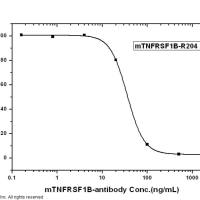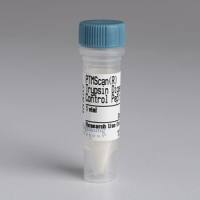Methods for Preparing Crystals of Reversibly Oxidized Proteins: Crystallization of Protein Tyrosine Phosphatase 1B as an Example
互联网
互联网
相关产品推荐

Cxcl16/Cxcl16蛋白Recombinant Mouse C-X-C motif chemokine 16 (Cxcl16)重组蛋白Scavenger receptor for phosphatidylserine and oxidized low density lipoprotein ;SR-PSOXSmall-inducible cytokine B16Transmembrane chemokine CXCL16蛋白
¥1836

TNFR2/TNFRSF1B/CD120b Neutralizing Antibody | TNFR2/TNFRSF1B/CD120b 中和抗体
¥2000

HB Western blotting Principles and Methods
¥223

Coronavirus Nucleocapsid重组蛋白|Recombinant SARS-CoV-2 Nucleocapsid-AVI&His recombinant Protein,Biotinylated
¥4520

Cas9 and Associated Proteins Antibody Sampler Kit
¥500
相关问答

